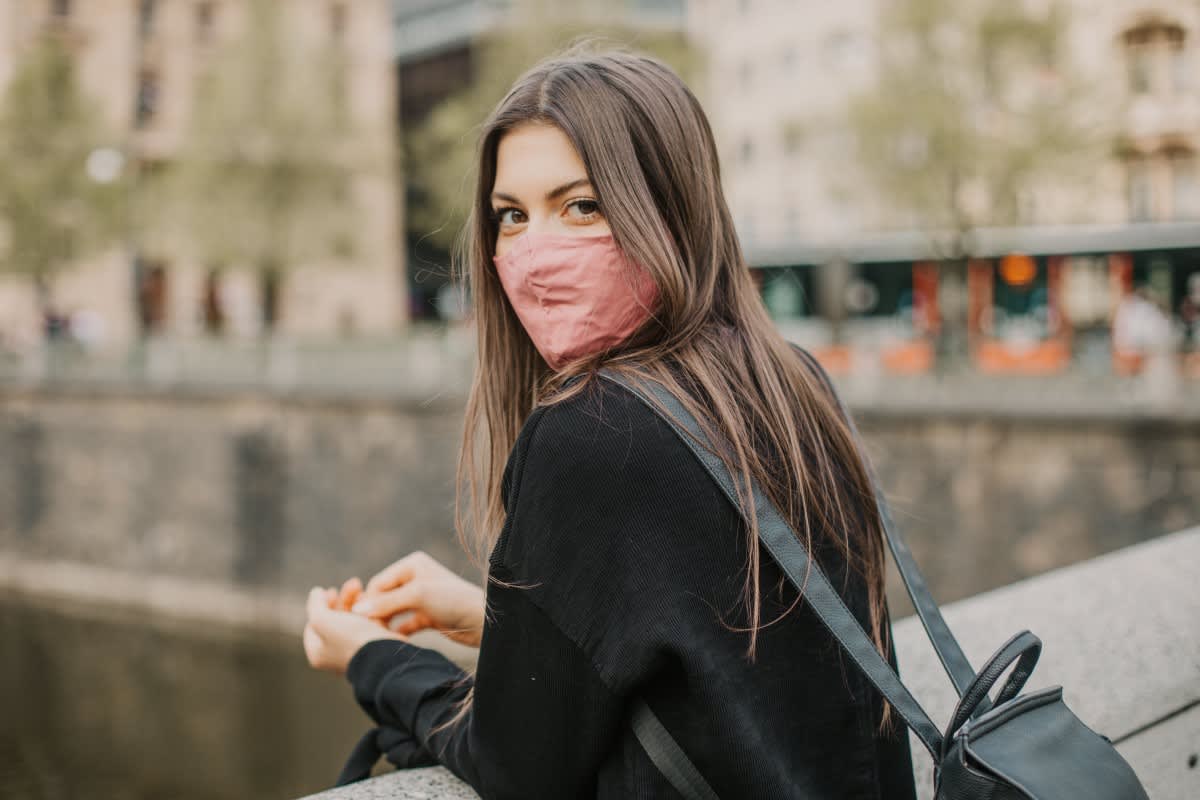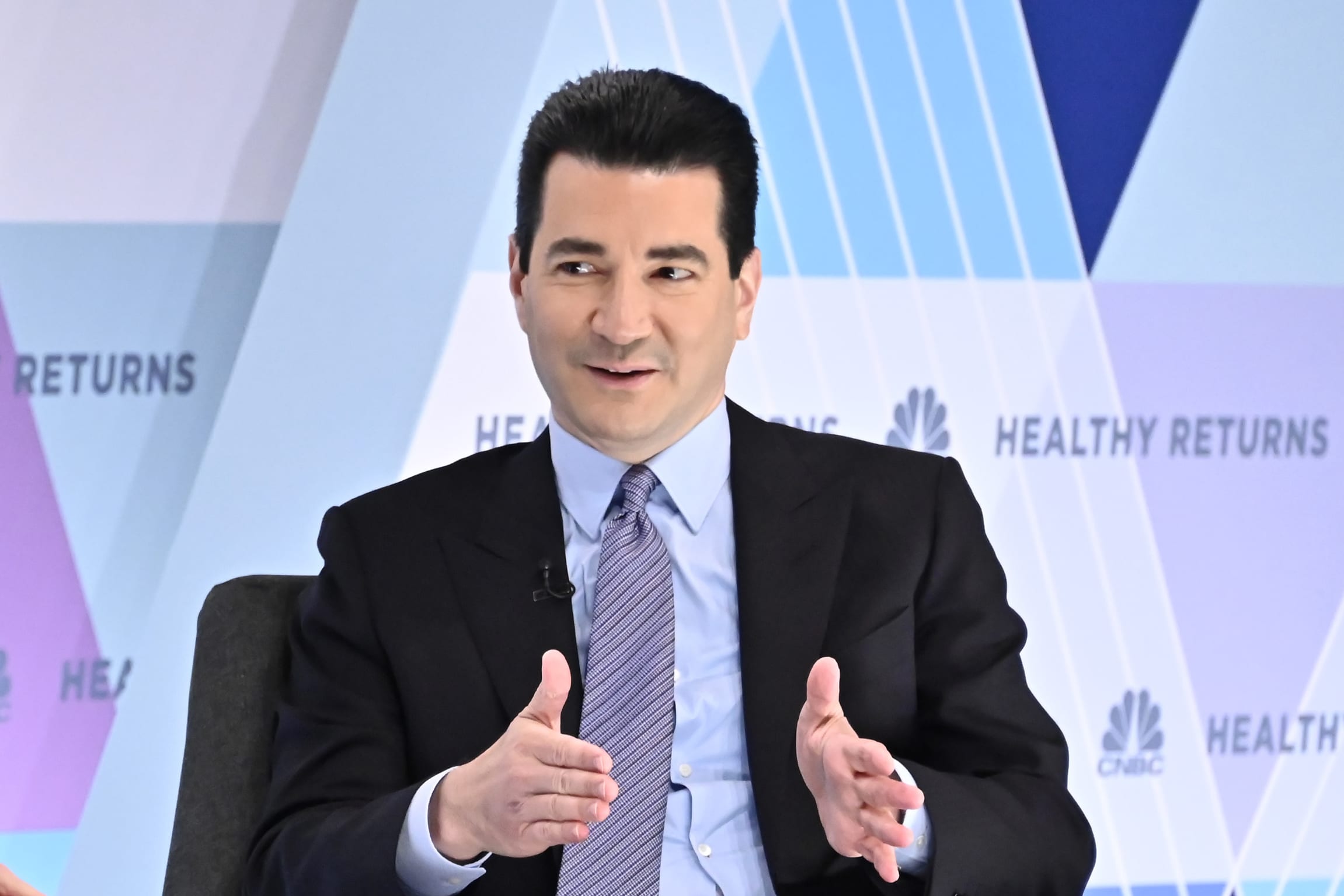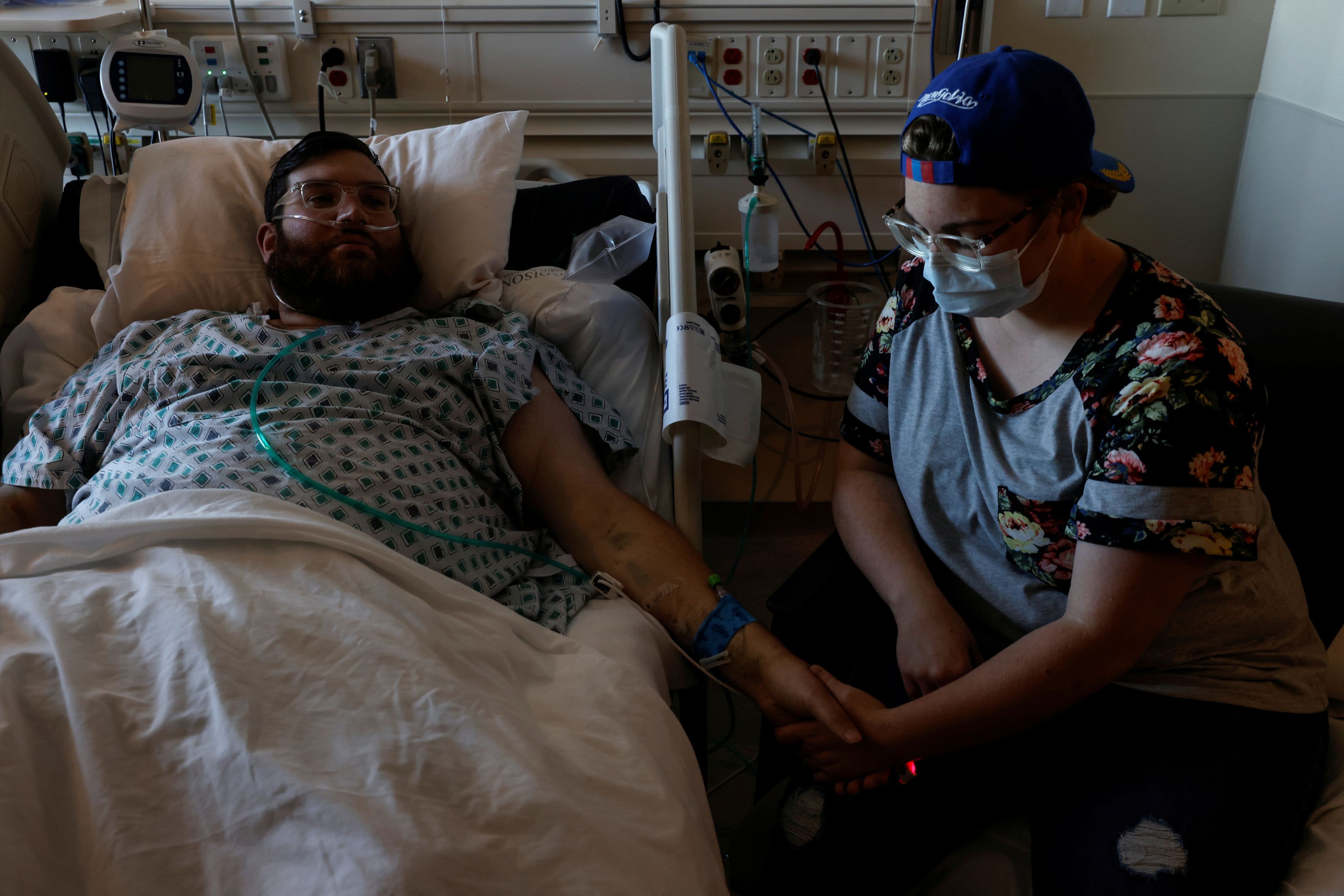As more people get vaccinated and exposed to COVID-19, it will become more manageable, like the seasonal flu. News4’s Doreen Gentzler spoke to an epidemiologist about what the “new normal” may look like.
As COVID-19 has evolved, it's gone from an epidemic, to the current pandemic and, eventually, will become an endemic, health experts say. But what does that mean? Will it change our way of life? When will it happen?
Here's what to know about COVID's next — and lasting — phase.
What Is an Endemic?
Contrary to the leading part of the term, an endemic does not mean COVID will end. Health experts say an endemic virus remains in the population, but at a relatively low level. The Centers for Disease Control and Prevention defines an endemic as "the constant presence and/or usual prevalence of a disease or infectious agent in a population within a geographic area."
We've got the news you need to know to start your day. Sign up for the First & 4Most morning newsletter — delivered to your inbox daily. Sign up here.
"What we really are trying to capture is that this virus isn't going away," said Dr. Jennifer Nuzzo, the lead epidemiologist for the Johns Hopkins COVID-19 Testing Insights Initiative. "It's not going to get to the point where we're going to drive [COVID cases] down to zero … We're always probably going to have some level of cases."
However, Nuzzo, who is also a professor for the Johns Hopkins Bloomberg School of Public Health in Baltimore, said defining an endemic isn't simple. Every virus is different and it's unclear at this time how far COVID case numbers would need to drop for the country to make that transition.

What Does Life in an Endemic Look Like?
As more people get vaccinated against COVID-19 and become exposed to it, health experts say it will become more manageable, like the seasonal flu, for example.
"The goal is to try to have enough immune protection that when you become infected, if you become infected, you are protected from the worst outcomes," said Dr. Amber D'Souza, an epidemiologist at the Johns Hopkins Bloomberg School of Public Health.
Like other respiratory viruses, COVID-19 cases could dwindle in the spring and summer and ramp up in the fall and winter.
The H1N1 virus that caused the 2009 swine flu pandemic, for example, is still around.
"That virus is part of our seasonal flu mix. It's still with us, right? But we don't hear about it, think about it in the same way," Nuzzo said.
Similar to flu season, people will likely take extra precautions whenever COVID cases increase — the major difference being that the government will no longer work to actively control the spread of the virus, Nuzzo said.
"We're not going to hear about governments implementing mask mandates, restricting gatherings," she said.
D.C. Mayor Muriel Bowser touched on this in November when she mentioned the country would eventually move to an endemic, saying, “Rather than the government telling you what you need to do to keep safe, you will evaluate risk and act accordingly.”
When Will the Transition From Pandemic to Endemic Happen?
Nuzzo said it's difficult to predict when America can move from a pandemic to an endemic because COVID-19 cases must first reduce drastically.
"Our case numbers, even without omicron being dominant, are hideously high. I mean it's over 100,000 on average per day," Nuzzo said. "That's not great."
The nation's hospitals are reporting more than 6,600 new COVID admissions daily, according to tracking data from the CDC.
"Coronavirus cases have risen considerably, especially in those states where the colder weather has hit across the Midwest and many of the Western states. And, so, as weather gets colder and people are gathering indoors more often, we know it's going to spread more," D'Souza said.
Dr. Anthony Fauci, chief medical advisor for the White House, said in November it's unclear what the threshold will be for reaching endemicity.
"We don't know really what that number is, but we will know it when we get there. It certainly is far, far lower, than 80,000 new infections per day and is far, far lower than a thousand deaths per day, and tens of thousands of hospitalizations," he said at a White House briefing.
"We're still in some really tough spots in many parts of the country where health care facilities are getting actively ... overwhelmed. Those conditions really make it hard to say we're out of the woods or we're at an endemic level," Nuzzo said.
D’Souza said 85 to 90% of Americans need to have some type of immunity from COVID before the country can reach herd immunity.
She said it's still unclear if people will need an annual COVID shot.
Will Omicron Delay the Transition to Endemic?
"I think it puts a question mark next to the timeline," Nuzzo said.
Fauci said Sunday that early data was "encouraging" but cautioned that more information was needed to fully understand the variant.
Former FDA Commissioner Dr. Scott Gottlieb told CNBC the omicron variant "extends the timeline" on when COVID will become an endemic.
"I still think this is going to be a transition year," Gottlieb said.
They all agree that the best thing the public can do to move the pandemic toward an endemic is to get vaccinated and boosted.




